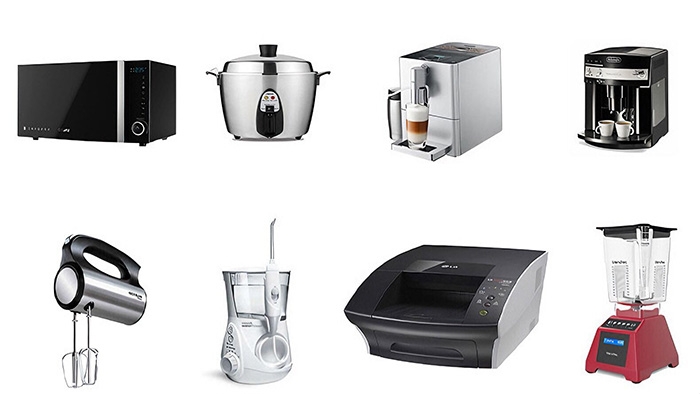In the era of globalization, international travel and relocation have become commonplace. Voltage converters or transformers, as essential bridges connecting different power systems, play a crucial role in ensuring that electronic devices function properly and safely. Selecting and using the right voltage converter is vital for convenience and user safety. This blog provides a professional guide on how to choose the most suitable voltage converter, ensuring that your devices can operate smoothly anywhere in the world.
Basic Concepts and Functions of Voltage Converters
A voltage converter (also known as a transformer or power adapter) is an electrical device that converts the grid voltage to the voltage required by electronic devices. This is especially important when using devices in countries or regions with different electrical standards. For example, in most regions like the U.S. and Canada, the standard voltage is 110-120V, while in Europe and many parts of Asia, it is 220-240V. The voltage converter ensures that devices can operate safely and efficiently in environments with different voltage standards by stepping up or down the voltage as needed.

Understanding Device Requirements: Wattage and Voltage
1. Determine the device's wattage (power). The wattage of a device (usually indicated in "W") is an important indicator of its power consumption. This information can typically be found on the back or bottom of the device or in the user manual. Knowing the wattage is the first step in choosing a voltage converter, as it directly determines the minimum output power required from the converter.
2. Distinguish between step-up and step-down needs. Depending on the voltage difference between your device and the destination's power grid, you’ll need a converter that either steps up or steps down the voltage. For example, if your device is designed for 110V power and the local grid provides 220V, you’ll need a converter that steps down the voltage from 220V to 110V, and vice versa.
Professional Buying Advice
- Safety First with Redundancy
Power selection: Follow the principle of "better too large than too small." It is recommended to choose a converter with a rated power of at least 2-3 times higher than the actual wattage of your device. This ensures the device runs stably during peak loads and protects it from voltage fluctuations. For example, a 500W device should use a converter rated at 1000W or more. Devices with high starting currents, such as TVs, air conditioners, and power tools, require even higher capacity converters for smooth startup.
Quality certification: Prioritize converters with international safety certifications (such as UL, CE, or FCC), which ensure the product meets global standards for design, production, and safety.
- Versatility and Portability
Multi-purpose interfaces: Consider converters with multiple plug types to accommodate different country standards. High-end converters may even support universal plugs, making them ideal for frequent travelers.
Portability: For frequent travelers, small, lightweight, and easily portable converters are essential. Additionally, check that the converter’s casing is durable to prevent damage during travel.
- Extra Features and Protection Mechanisms
Overload protection: A good converter should have overload protection, automatically cutting off the power supply in case of excessive current to prevent device damage or fire hazards.
Short-circuit protection: Short circuits are common electrical issues, and a converter with short-circuit protection will quickly disconnect the power to safeguard both devices and users.
Smart adjustment: Some high-end converters feature smart adjustment functions, automatically regulating output voltage and current according to the device’s needs for more precise power control.

Usage and Maintenance Tips
Proper connection: Before use, carefully read the manual to ensure the converter’s input and output ports are correctly connected to the device and power grid.
Avoid overload: Do not attempt to overload the converter, as this may damage both the converter and the device.
Regular inspection: Periodically check the converter and plugs for any signs of damage, and replace them if necessary.
Proper storage: When not in use, store the converter in a dry, ventilated area to prevent moisture or overheating.
Choosing the right voltage converter ensures that your electronic devices can work seamlessly around the world, adding convenience and safety to your travels and daily life. With the detailed analysis and professional advice in this article, Inverter.com is confident that you now know how to choose the best voltage converter for your needs. May your future international journeys be filled with ease and peace of mind in every connection!
